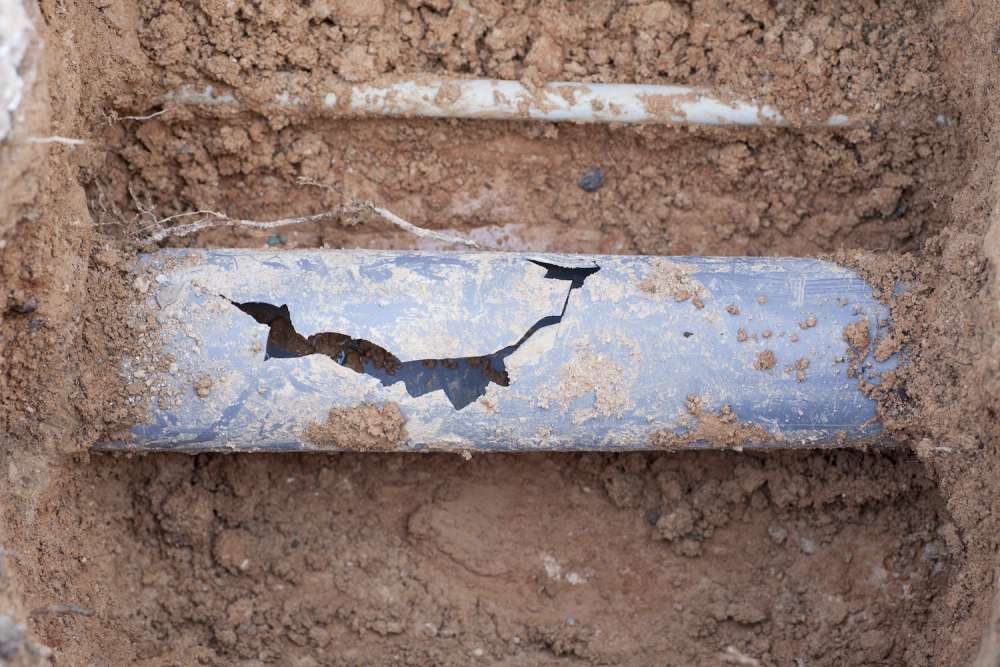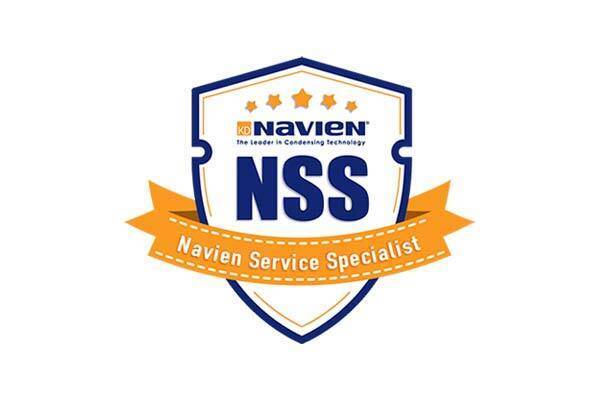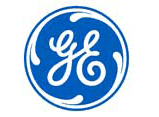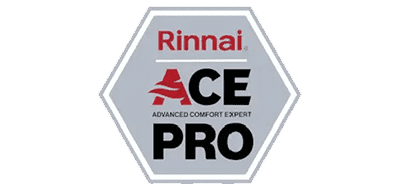Top 6 Frequently Asked Questions About Sewer Line Repair
As homeowners, we pay little to no attention to our sewer lines. We rely on drain and sewer pipes to remove wastewater and other nasty by-products of our daily lives. Are we asking too much of our drain and sewer related plumbing fixtures? What happens to my savings account when my sewer line breaks?
Sewer lines tend to have a life expectancy of around fifty to seventy-five years for homes with galvanized steel sewer lines. Clay sewer lines and plastic PVC seem to max out at approximately forty years each. No one is ever excited about replacing a sewer line, but before you get out your shovel and start digging, here are a few questions our licensed, experienced technicians get asked from time to time.
What Can Go Wrong with My Sewer Lines?
Everything that goes into our sink, shower, and tub drains, our toilets, and our garbage disposals will find its way to your sewer line. We get hair, shampoo, soap, toothpaste, and whatever awfulness ends up in the toilet from our bathrooms. Our kitchens contribute to the condition by introducing cooking grease, chicken bones, pasta, rice, and everything else that gets stuffed into our garbage disposals.
Since the first rule of plumbing is “water heads downhill,” it isn’t surprising that our drain and sewer lines become clogged. Just a little preventive maintenance like scraping plates into the trash before rinsing them or not pouring hot bacon grease into your drain. Have you ever seen cold bacon grease? Why would you do that to your plumbing?
Try using a do-it-yourself drain cleaning method, like baking soda and vinegar, or using a biologic-based drain cleaner every few weeks. These enzymatic drain cleaners use bacteria to eat away at any organic debris in your pipes, instead of dangerous chemical-based cleaners.
How Much Does It Cost to Replace A Sewer Line?
Every sewer line replacement job is different, and its overall cost depends on variables like the length of your sewer line and how much of it requires replacement. For just the line’s replacement, expect to pay somewhere between $55 and $95 per foot of the installed pipe. Other factors that play into the cost of sewer line replacement are excavation costs to gain access to the sewer line, replacement of landscaping, and the backfilling of necessary trenchwork.
For a complete “house to street” sewer line replacement, the average homeowner is looking at a bill from $4,000 up to $25,000 and beyond.
Does Homeowner’s Insurance Cover Sewer Line Repair or Replacement?
Standard homeowner’s insurance policies rarely, if ever, include any repairs or replacement of sewer lines. Naturally, an entire industry has sprung up to service that niche with secondary insurance policies covering sewer line-related expenses. A casual search of the internet showed at least a half-dozen companies offering supplemental sewer line insurance, with an average cost of around $20 per month for $5,000 per year of benefits.
As with any insurance policy you purchase, go over the fine print, and make sure that all expenses pertinent to sewer line repair and replacement are covered. Some unhappy sewer line insurance customers complain in their reviews about additional excavation costs or pavement restorations that had to be paid out of pocket.
What If My Sewer Line is Beneath a Slab?
Although pier and beam foundations were the gold standard in Houston for decades, and as more planned communities are built, more and more Houston homes sit atop concrete slabs. Beneath all these slabs is much of the plumbing for our water supply lines and drainpipes. When a leak occurs in one of these under slab pipes, a lot of soil-shifting occurs, which can cause the foundation of your home to move as well.
Under-slab leaks from both water supply and drain or sewer lines can create a host of problems if left unabated. Cracked patios, doors that are difficult to open and close, drywall cracks, sloped, and squeaky floorboards are all signs that water is leaking beneath your slab.
Leaking pipes beneath your slab should not be ignored and need to be corrected as quickly as possible to prevent catastrophic foundation damage. Gaining access to the lines beneath the slab will require some degree of excavation to be done. Fortunately, in the last few years, an alternative to massive excavation to repair sewer lines has become increasingly available, the CIPP (Cured in Place Pipe) or trenchless method.
What is Trenchless Sewer Line Repair?
Developed for commercial use during the 1940s, cured-in-place pipe essentially creates a new lining inside your existing pipe. While the practice has existed for decades, it wasn’t practical for plumbers that lacked video camera-equipped snakes to help identify breaks or blockages in the line.
The CIPP (cured-in-place pipe) method uses a felt tube that runs the entire length of your original sewer line, after being soaked in an epoxy that allows the fabric to harden as it dries. Once the felt tube is snaked into place, hot air is forced into the new lining to expand it to fit the pipe walls and hasten the curing process. Once the installation equipment is removed, the access hole is filled in, and the customer has a new sewer lining that will last for decades.
What Is A Sewer Belly?
Okay, let’s get the jokes out of the way. Sewer bellies are not the result of overfeeding your sink, or from eating too many sewers.
Sewer bellies occur when the soil beneath the sewer line erodes or is washed away. The pipe area that is no longer supported by the earth begins to sag, creating “low spots” where wastewater and other sediment collects. Bellied sewer pipes are more likely to leak, as the line’s movement creates stress cracks in the fittings between pipe segments.
Sewer lines that have experienced bellying need to be repaired or replaced by a licensed plumbing technician.
Nick’s employs only the most experienced, thoroughly background checked and licensed plumbers that Houston has to offer. Sewer line repair and replacement have been a staple of services Nick’s has been providing since 1979.
Think you have a leaky sewer line? Give Nick’s Plumbing Service a call today for a cost evaluation or second opinion on your clogged sewer line, slab leak detection, or trenchless sewer line repair.
























